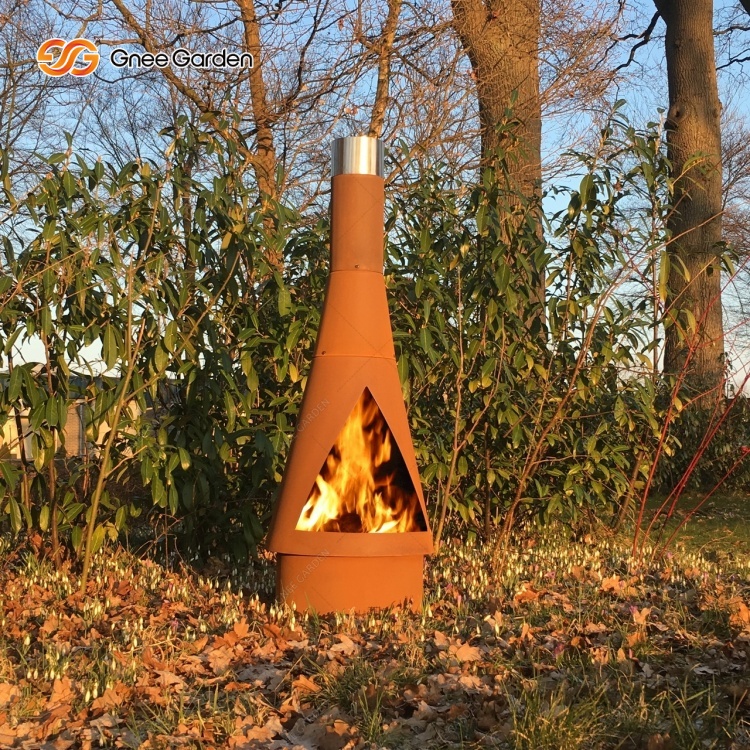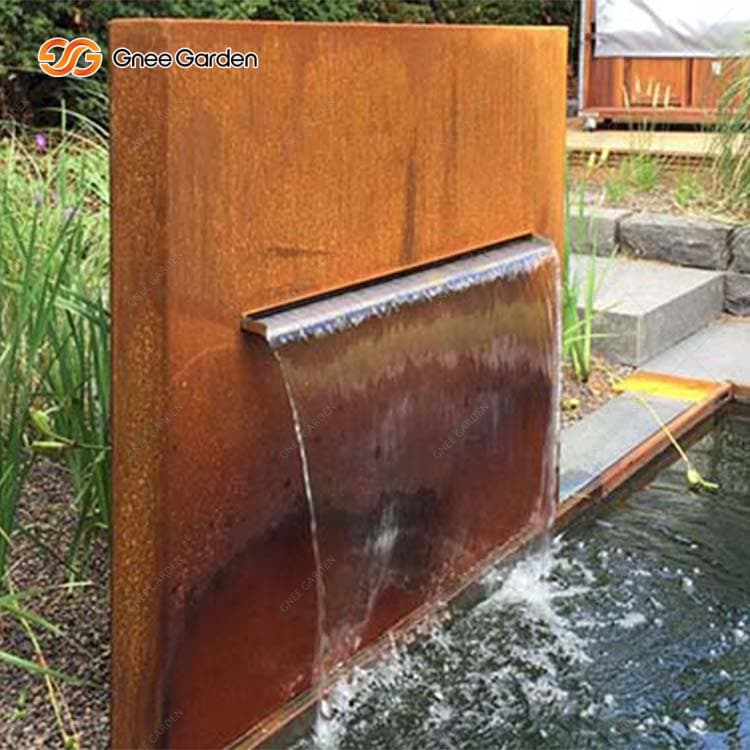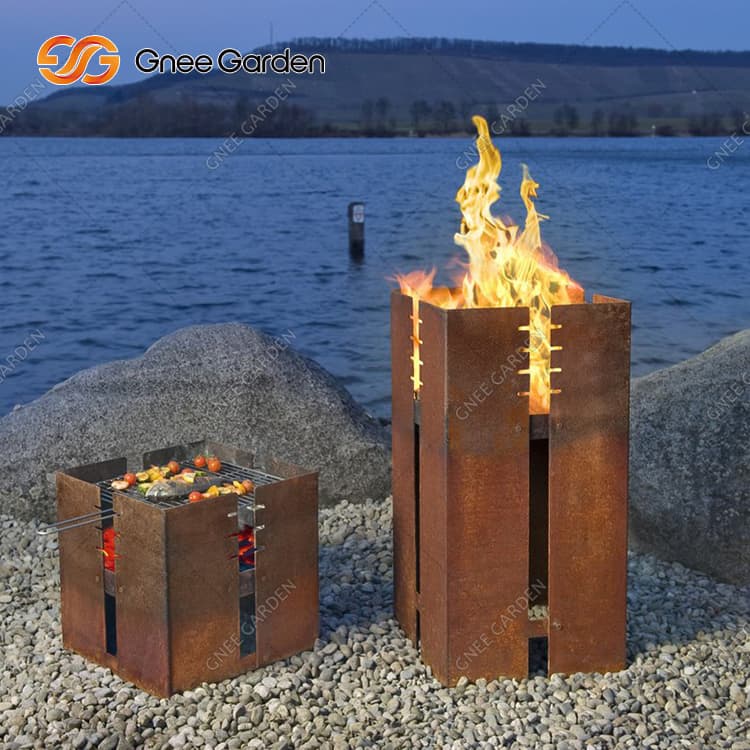Why put sand in the bottom of a fire pit?
If you’ve ever wondered why you should put sand in the bottom of a fire pit, you’ll be happy to know that the answer is easy to grasp. This is to protect the metal of the fire pit from the heat of the fire.
You know the fire can get very hot, and some parts may end up being more popular than others. When you put sand in the bottom of a fire pit, the heat will be distributed more evenly.
If you don’t bother to put sand in the bottom of your fire pit as recommended, the heat may be too concentrated in one place. This can cause serious problems and make your fire pit dangerous.
For example, a fire may burn through the bottom of a fire pit over time. This occurs when metal deteriorates because it has not been properly protected.
Sand is a strong insulator and can prevent this from happening. Your fire pit can be used safely for an extended period of time, and you can enjoy your fire pit as intended.
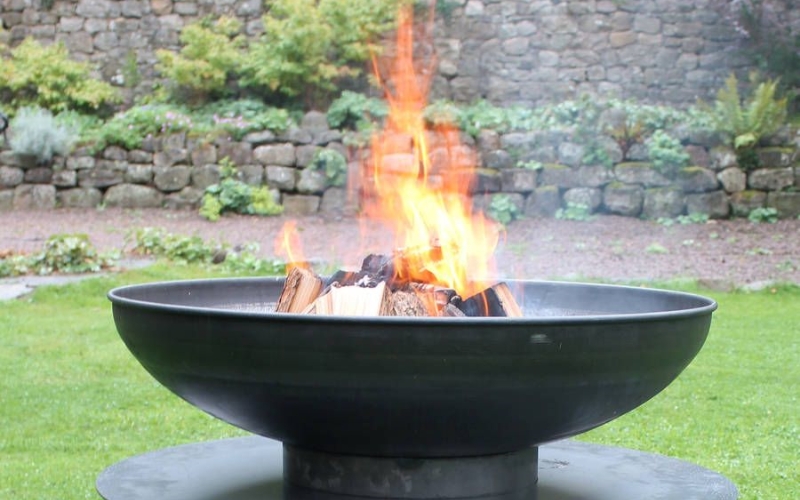
What kind of sand do you put in the bottom of a fire pit?
When placing sand in the bottom of a fire pit, it is highly recommended to use silica sand to add an extra layer of heat protection. Silica sand is also known as the cheapest type of sand and is an excellent choice for those who enjoy ample firepower year-round.
How much sand do you need for the bottom of your fire pit?
It depends on the design. Since different fire pits can be made in different sizes, some fire pits may require a little more sand than others.
However, an inch or two of sand at the bottom of the fire pit is usually acceptable. Most recommendations you see from manufacturers use an inch or two of sand as a barrier.
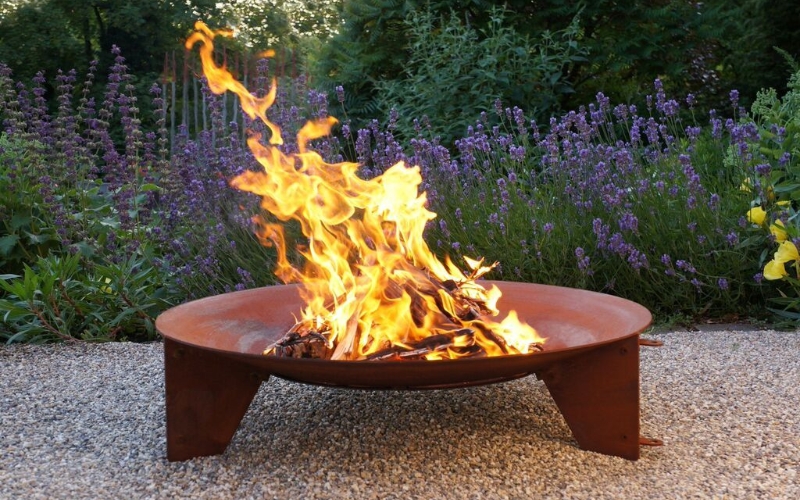
What are the disadvantages of using sand in a fire pit?
While using sand is one of the best ways to prevent your fire pit from collecting too much heat or burning too quickly, there are some drawbacks if you’re not careful with it, including:
Moisture absorber: Sand is a well-known moisture absorber, which can keep your fire pit space damp and ineffective for long periods of time. Depending on your location, properly covering and storing your fire pit when not in use is the best way to reduce moisture buildup in your fire pit sand during rainy times of the year.
It Can Cause Fire Pit Rust: If you let the sand in your fire pit sit and collect water, the moisture will eventually cause your fire pit to rust. Remove wet sand from the fire pit and keep the surface of the fire pit as dry as possible.
Weight: A large amount of sand is very heavy and almost impossible to move when it is weighed down by water. Too much sand in a waterlogged fire pit can cause huge trouble.
In most cases, when you are trying to protect a fire pit, it is best to use sand. Keep in mind that not all fire pits require a layer of sand at the bottom, as their designs may vary. Like this smokeless fire pit, it has holes in the bottom, so there is no need to place sand or any other substitute to create a protective layer at the bottom of the pit.



